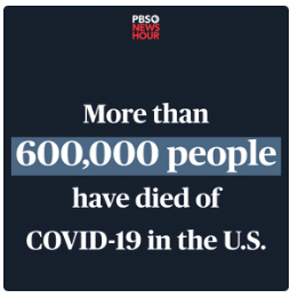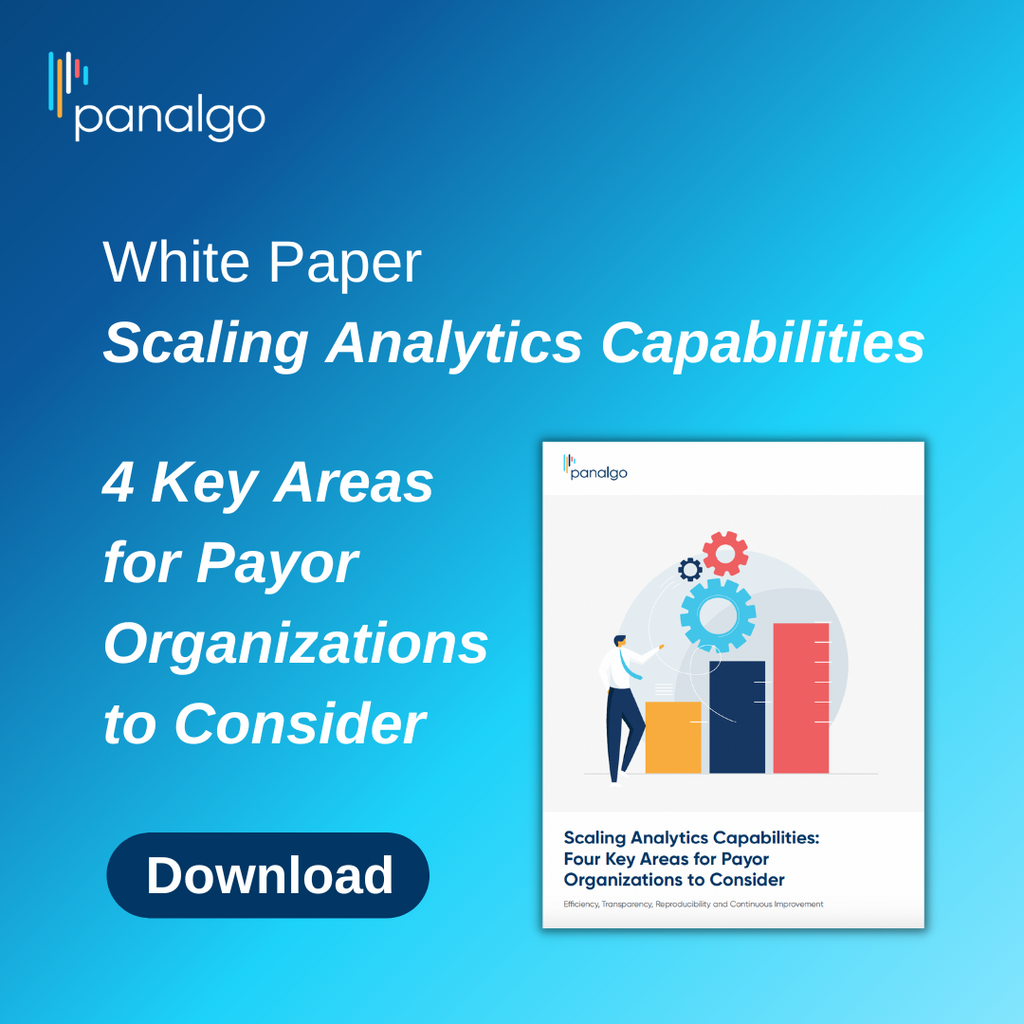Spotlight on Market Access
-
FDA Approves Another Hemophilia Gene Therapy, but Will Price Prove to Be Too High?
The FDA recently approved the second gene therapy for hemophilia B, Pfizer Inc.’s Beqvez (fidanacogene elaparvovec-dzkt). But while the manufacturer priced the agent at parity to the other treatment, that price may still be too high for many payers, according to a Zitter Insights survey.
On April 25, the FDA approved Beqvez for the treatment of adults with moderate to severe hemophilia B who use factor IX prophylaxis therapy; have current or historical life-threatening hemorrhage; or have repeated, serious spontaneous bleeding episodes and do not have neutralizing antibodies to adeno-associated virus (AAV) serotype Rh74var (AAVRh74var) capsid as detected by an FDA-approved test. The manufacturer launched a warranty program for the intravenous infusion based on durability of patient response to treatment.
-
Walgreens Will Launch New Specialty Pharmacy With ‘Significant’ Cell and Gene Therapy Offering
On April 24, Walgreens Boots Alliance Inc.’s Walgreens revealed that it will launch Walgreens Specialty Pharmacy on Aug. 1. The company is touting the new division, which will include AllianceRx Walgreens Pharmacy and four central specialty pharmacies, as being able to swiftly serve patients without being invested in a PBM. And that could mean enhanced opportunities for contracting with payers and manufacturers, according to one expert.
The new unit will also feature nearly 300 community-based specialty pharmacies across the U.S. and a new 18,000-foot Gene & Cell Services Pharmacy and Innovation Center in Pittsburgh. The division will have more than 1,500 specialty-trained pharmacists, 5,000 patient advocacy support staffers and 10 Specialty360 teams. It also has access to more than 240 limited distribution drugs, including 40 narrow networks and 12 exclusive limited distribution agents.
-
Rumored Regs Could Help Payers, PBMs Streamline Digital Therapeutic Coverage
Notable changes to the way breakthrough medical devices are covered by Medicare and other payers could be coming soon, with CMS poised to make some therapeutics eligible for Medicare coverage, and some stakeholders pushing for new legislation to expand digital therapeutic coverage. In the meantime, commercial health plans and PBMs are grappling with how best to cover prescription digital therapeutics (PDTs).
Health plans and PBMs have varying approaches to digital therapeutic reimbursement. Some plans may place one digital therapeutic in the medical benefit, while others may cover PDTs as part of a pharmacy benefit. That’s because PDTs occupy a unique space in the health benefits landscape: They aren’t pharmaceuticals, but they share many characteristics of a maintenance medication in practice.

-
MMIT Payer Portrait: Clover Health
Founded in 2014, Clover Health is a Medicare Advantage-focused startup insurer that has grown to serve nearly 80,000 members across five states. The insurtech focuses on "physician enablement," empowered through its software platform, Clover Assist. Clover Assist aggregates patient data to support provider decision-making and identify early areas of intervention in patients with chronic diseases. Like its fellow insurtechs, Clover has struggled financially since becoming a publicly traded company, though it shows signs of achieving profitability as early as year-end 2024.
-
Implications of IRA, GLP-1s, CGTs Are Top of Mind for Payers
The pharmaceutical industry continues to bring innovative therapies to market, but payers are continuing to grapple with how they can manage their financial impact. And while the Inflation Reduction Act (IRA) may bring some relief to Medicare beneficiaries in the form of lower drug prices and out-of-pocket costs, uncertainties remain about how that legislation could impact commercial payers, according to speakers at AHIP’s 2024 Medicare, Medicaid, Duals & Commercial Markets Forum, held March 12 through 14 in Baltimore.
During a March 13 session, titled “Trends in Prescription Drug Affordability, Innovation and Access,” a large part of the panel discussion focused on the IRA, which put “a lot of pressure on all parts of our health care system, but pharma got the brunt of it,” observed Rena Conti, Ph.D., associate professor at Boston University’s Questrom School of Business. While much of the focus from pharma and politicians has been on the drug price negotiation process, the Medicare Part D redesign “is actually a really big thing, because that’s what’s going to lower prices for seniors,” she asserted. “And it also will put a fair amount of pressure back on plans to manage this benefit.”












